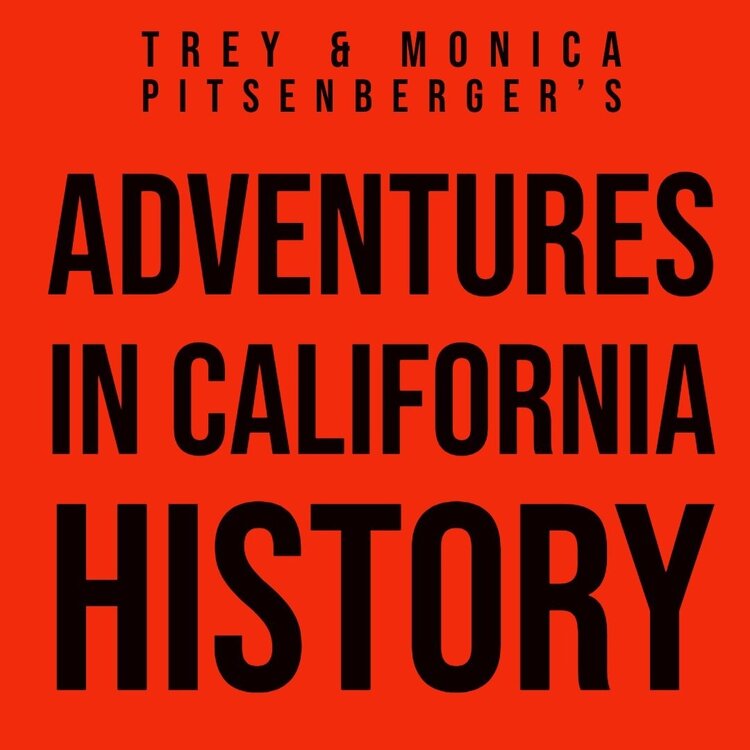Sometimes pictures are worth a thousand words. I came across this photo at The Popular Science website POPSCI, The Future Now. The article deals with the time in the 1950's and 1960's when, "scientists bombarded plants with gamma radiation hoping to see beneficial changes in the plants’ structure and yield. " Long before GMO's we're in the headlines, "entrepreneur C.J. Speas and Englishwoman Muriel Howorth, who started the Atomic Gardening Society to promote mutated varieties" sold irradiated seed. "Johnson describes a dinner party in which Howorth served 'NC 4x,' North Carolina 4th generation X-rayed peanuts that were produced from seeds exposed to 18,500 roentgen units of X-rays. After the party, Howorth planted the irradiated seeds and they grew like magic beanstalks." The photo of the Super Atomic Energized Seeds you see is what fascinated me. A signpost from a time not that long ago.
The article lead me to the garden history girl blog, written by Paige Johnson. A little about Paige from the blog "Pruned". Paige "works as a nanotechnology researcher at the University of Tulsa, Oklahoma. When not inventing new ways to fabricate nanobatteries and other advanced materials, she moonlights as an independent scholar of garden history." I would say she is moonlighting, as she has a Masters degree is garden history!
Paige writes another great blog dear to my heart, Playscapes. Growing up the son of a Director of Parks and Recreation for the City of San Carlos I spent a lot of time in playgrounds. My fathers job was to facilitate new parks for the city as well as maintaining the current ones. Paige started her blog, "because it's difficult to find non-commercial playground information. And I find that frustrating. Because a playground doesn't have to cost a million bucks and come in a box. In fact, it's better if it doesn't. Because playgrounds are under-recognized as an artistic medium. Because everybody loves a playground."
I found Paige's answer as to why she got into Playscapes fascinating. From the blog Pruned she say's, "At a very fundamental level, many nanotechnology problems are about the creation of appropriate spaces. There are load of
papers published on new whiz-bang nanostructures, which one might think of as objects or sculptures. They're pretty and all, but what we need is negative-space structures, spaces that are architectures not sculptures, spaces that can be 'inhabited', and comparatively few people are working on that. These are things my study of design helped me understand, which has led to a patent for a hollow nanostructure, and another application for one that inhabits the hollow space." Wow!
Looking for something a bit different in the garden world? Paige Johnson's two blog's, Garden History Girl, and Playscapes should fit the bill.
